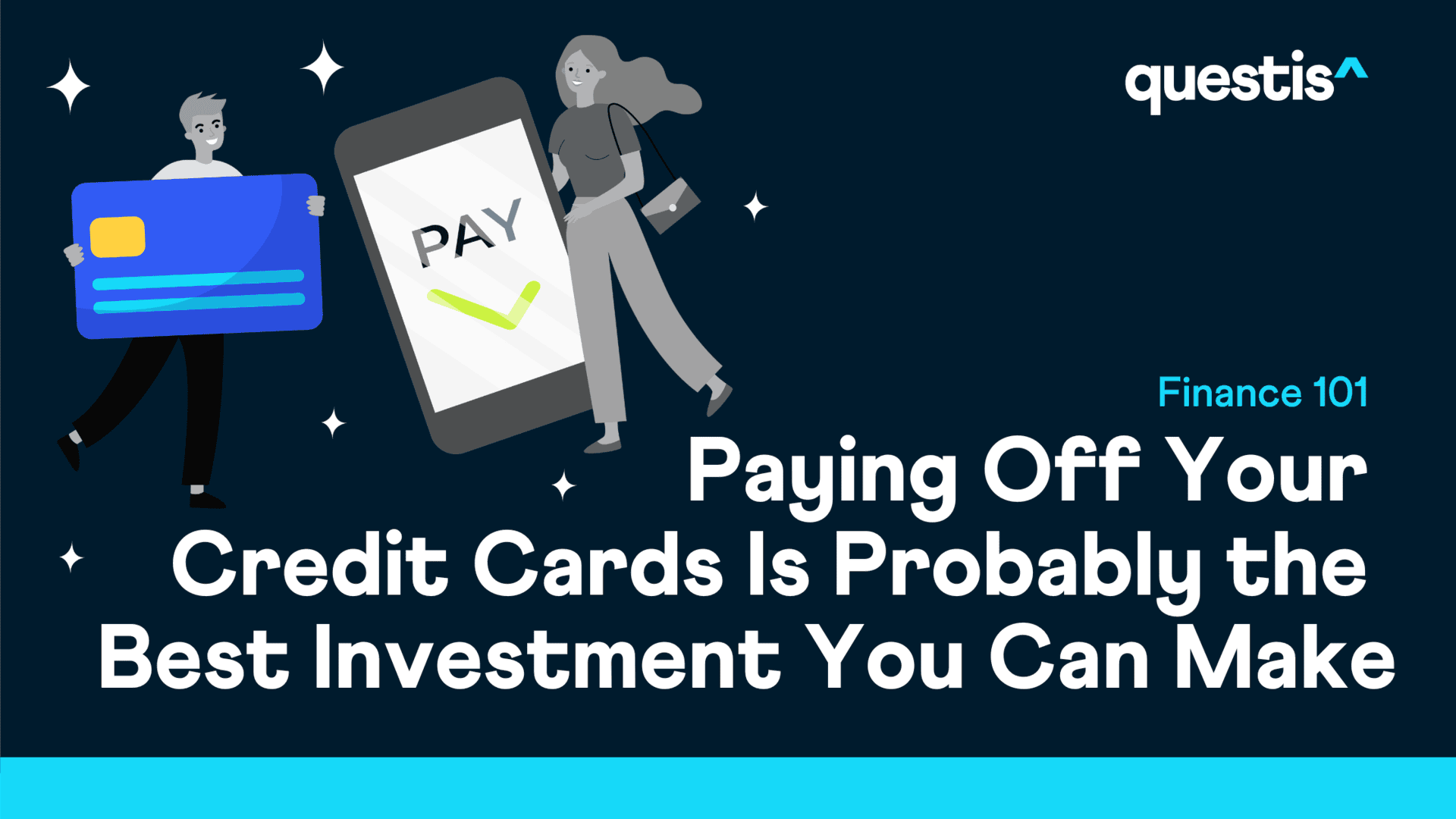Credit cards make buying stuff easy. That convenience comes at a price if you don’t pay the balance off every month, and the real price is the interest fee you pay.
Do you know what the interest rates are on your credit cards? Check your last statement. The national average is almost 17%, and that’s with a good credit score. If your credit score is low, you’re probably paying closer to 24%. And penalty rates, which go into effect when you don’t make payments on time, can run between 27% to 30%. That’s a lot to pay for convenience.
Have you ever added up how much you are paying in interest charges every month? The average amount of credit card debt in American households that maintain a monthly balance on cards is $9,333. At 17% interest, that works out to an average of about $132 a month, or $1584 over the course of a year. In fact, most American households pay more than $1,000 in credit card interest annually. That’s money that could be staying in your own pocket, instead of giving it to the credit card companies.
The solution is to pay down your balances by making more than the minimum payment every month. Making more than the minimum payment avoids future interest charges, saving you money. So, paying off your credit card debt is probably the best investment you can make. Here’s why:
The return on investment you get from paying off your credit cards, at 17%-30%, is much higher than you could expect to get from the stock market, which usually averages around 8% to 10%. Plus, unlike stock market returns, the savings you get are tax-free. And once you’ve paid off the cards, your monthly cash flow will increase. You’ll have more money to save or invest, and more flexibility in your monthly spending as well.
There is one investing exception to keep in mind, though. If your employer offers matching funds for your 401(k) plan, make contributing enough to get the match your first priority. Why? Because if your employer matches what you contribute to your retirement plan, that’s a 100% return on your investment. It’s essentially free money—and it will compound over time, increasing even more. That’s worth taking advantage of.
How to make it happen
There are basically two ways to pay off your credit cards. First, stop charging stuff and put all your cards away for the time being. You can either start with the one that has the highest interest rate first, or start with the one with the smallest balance. While paying off the one with the highest interest rate can save you the most money, paying off the one with the smallest balance can give you a feeling of accomplishment that can keep you motivated.
Aim for two to three times the minimum, or more if you can afford it, until that card is paid off, while making the minimum payment on the rest. Then, go on to the next one, until all the cards are paid off. Then, pick one card to use, preferably one that offers a reward. Going forward, make sure you pay the balance in full every month.
Dr. Martha Menard is a behavioral scientist, financial wellness coach, and member of the Association for Financial Counseling and Planning Education and the Financial Therapy Association.
